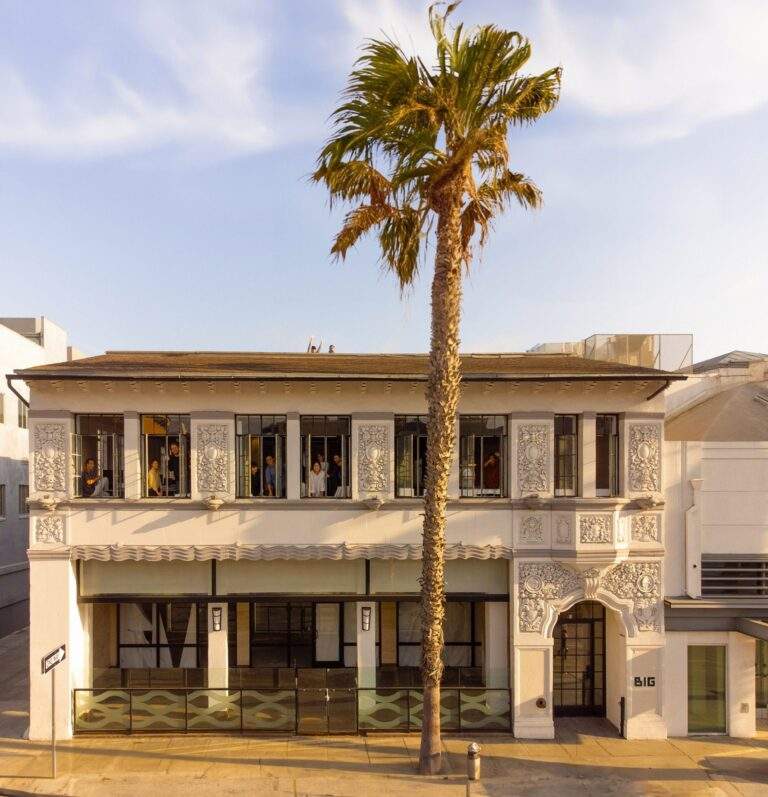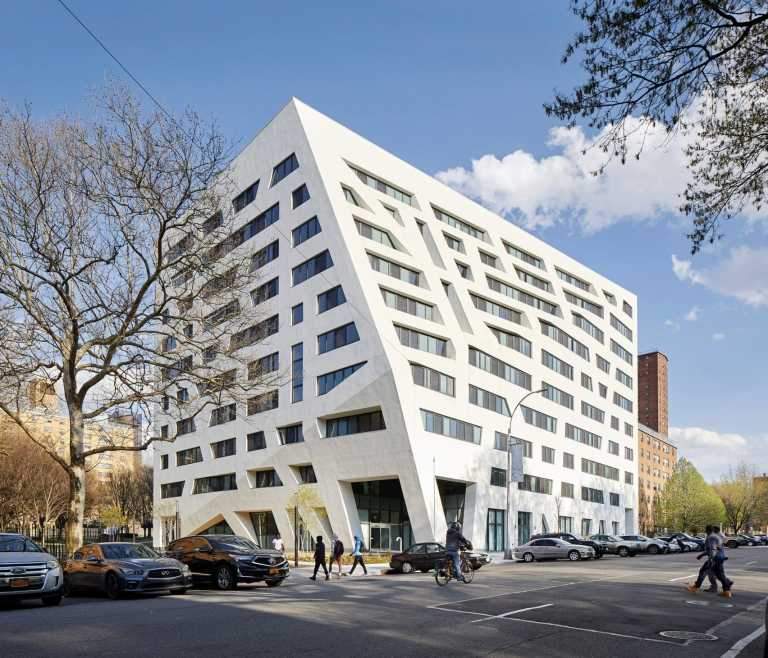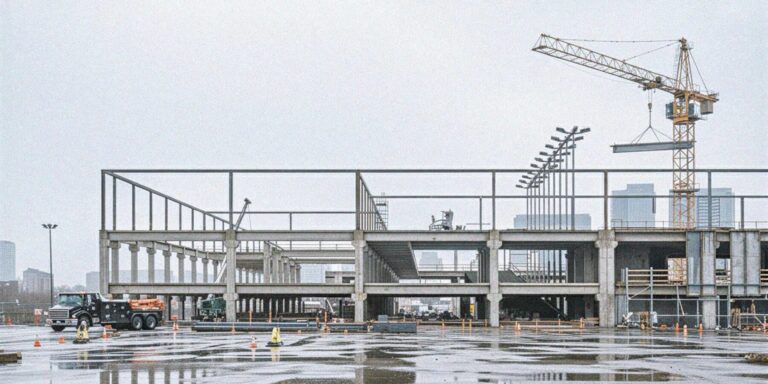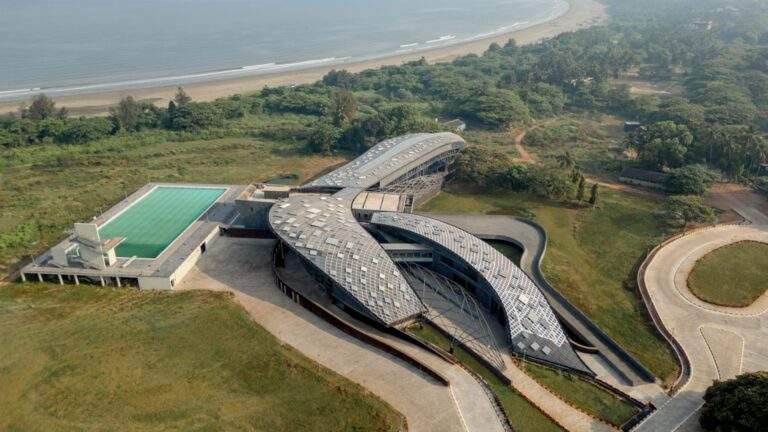Architectural Heritage of Ouro Preto: A Window into Colonial Brazil
Introduction
Ouro Preto, located in the Brazilian state of Minas Gerais, stands as a testament to the colonial era’s architectural and cultural legacy. Recognized by UNESCO as a World Heritage Site in 1980, the city preserves a unique urban fabric of churches, residential buildings, public squares, and streets that reflect the socio-economic dynamics of 18th-century gold mining in Brazil. This article explores its historical origins, architectural characteristics, cultural significance, and preservation challenges, offering a comprehensive analysis of Ouro Preto architectural heritage and its enduring value.

Historical Foundations
Ouro Preto emerged in the 18th century following the discovery of gold deposits in Minas Gerais, which fueled rapid urbanization and economic growth. The influx of wealth enabled the construction of elaborate religious and civic structures, blending European Baroque influences with local craftsmanship. According to UNESCO, the city became a political and cultural hub during Brazil’s independence movement, reinforcing its historical prominence. Its organic layout, shaped by rugged terrain, resulted in narrow, sloping streets and staircases that remain defining features of its urban identity and its architectural heritage.

Key Architectural Features
Churches: Religious Grandeur
Ouro Preto’s religious architecture is dominated by over 20 Baroque-style churches, such as the Church of São Francisco de Assis. These structures combine Portuguese design elements with intricate wood carvings, vibrant frescoes, and locally sourced stone. Their ornate facades and interior decorations reflect the interplay of European artistic traditions and regional materials, contributing to the rich architectural heritage of Ouro Preto.
Residential Buildings: Everyday Life
Traditional homes in Ouro Preto typically feature whitewashed walls, colourful wooden windows, and central courtyards for ventilation. As noted by Brazil’s National Institute of Historic and Artistic Heritage (IPHAN), these designs highlight socioeconomic stratification, with larger, more ornate houses belonging to wealthier residents.
Urban Design: Integration with Landscape
The city’s layout prioritises adaptation to its hilly topography. Cobblestone streets (paved with pedra portuguesa), public squares like Praça Tiradentes, and retaining walls demonstrate innovative solutions to geographical constraints while fostering communal spaces, integral to the Ouro Preto architectural heritage.

Cultural Impact and Identity
Ouro Preto’s architecture embodies a fusion of European, African, and Indigenous influences. Local artisans, including formerly enslaved individuals, contributed to its distinctive aesthetic through craftsmanship in wood, stone, and painting. The city also became a cultural centre, inspiring artists like Aleijadinho, whose sculptural works adorn many churches. Today, it serves as a living laboratory for studying how environmental and cultural factors shape urban development.
Preservation Challenges
Despite its protected status, Ouro Preto faces significant threats to its heritage:
- Natural Deterioration : Erosion of cobblestones and historic structures due to weather exposure threatens Ouro Preto architectural heritage.
- Urban Expansion : Pressure from modern infrastructure projects encroaching on historic zones.
- Tourism Strain : Over 1.5 million annual visitors (IPHAN, 2021) accelerate wear on fragile sites.
A 2021 IPHAN report highlighted insufficient government funding for restoration efforts, underscoring the need for sustainable conservation strategies.

Frequently Asked Questions (FAQ)
| Question | Answer |
|---|---|
| Why was Ouro Preto designated a UNESCO site? | For its exceptional representation of colonial-era gold-mining towns and its harmonious blend of European and local architectural styles. |
| What architectural styles dominate the city? | Portuguese Baroque, adapted to local geography and materials, with African and Indigenous influences. |
| How is the city’s heritage protected? | Through regulations by IPHAN and UNESCO, limiting unauthorized modifications and promoting restoration. |
| Are modern developments permitted? | Yes, but they must align with historical aesthetics and undergo approval by heritage authorities. |

Summary Table
| Aspect | Details |
|---|---|
| Origin | Founded in the 18th century during the gold rush. |
| Architecture | Churches, residential homes, and urban layouts adapted to mountainous terrain. |
| Cultural Significance | Blend of European, African, and Brazilian artistic traditions. |
| Challenges | Natural decay, urban growth, and tourism-related stress. |

ArchUp Opinion
Ouro Preto exemplifies how architecture can encapsulate centuries of cultural exchange and environmental adaptation. However, balancing preservation with contemporary needs remains a critical challenge for those committed to conserving the city’s architectural heritage. While tourism generates revenue, overreliance on it risks commodifying the city’s heritage rather than safeguarding its authenticity. Long-term solutions require community-driven conservation models, increased public funding, and stricter enforcement of heritage protection laws. Additionally, integrating modern infrastructure without compromising historical integrity demands innovative urban planning approaches tailored to the city’s unique context.
Sources :
- UNESCO World Heritage Committee (1980).
- National Institute of Historic and Artistic Heritage (IPHAN, 2021).







